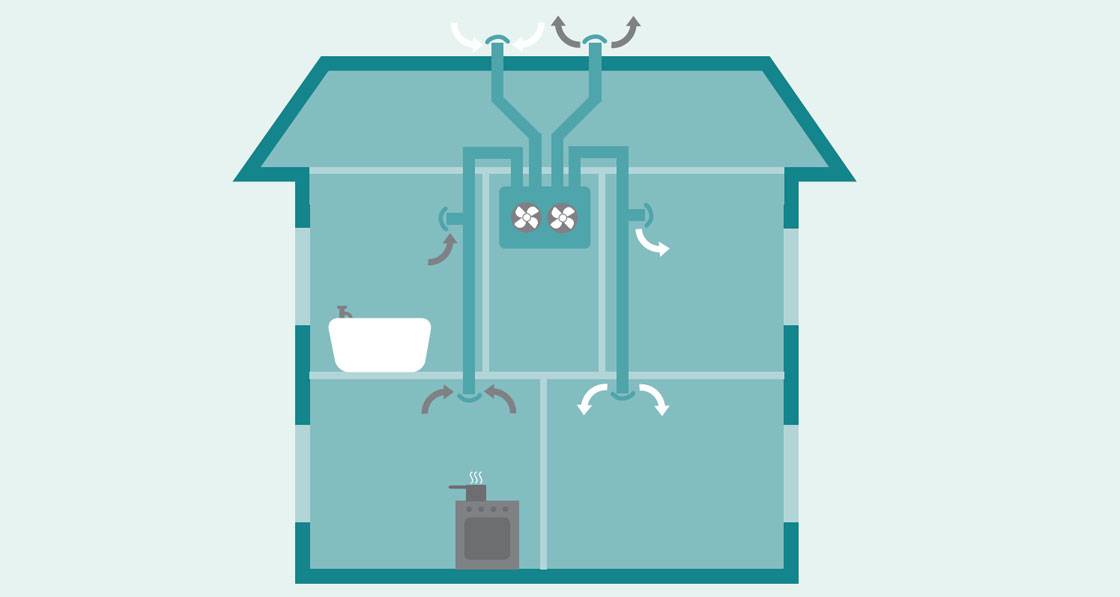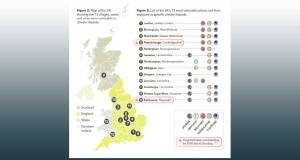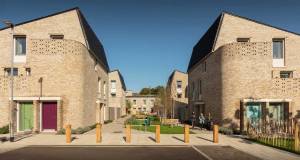
- Ventilation
- Posted
No insulation without ventilation in Green Homes Grant scheme - TrustMark
This article was originally published in issue 35 of Passive House Plus magazine. Want immediate access to all back issues and exclusive extra content? Click here to subscribe for as little as €10, or click here to receive the next issue free of charge
The message comes from Phil Mason, head of regulatory engagement at TrustMark, the government endorsed quality scheme that tradespeople must be registered with in order to work on Green Homes Grant-funded projects.
Mason said: “We’re taking the approach – and I dare say you’ve heard Peter Rickaby say this on a number of occasions – no insulation without ventilation. What that’s doing is giving more and more assurance that we’re moving completely in the right direction.” Rickaby, who writes a column for Passive House Plus, has been a prominent figure in the development of retrofit standards in the UK.
Mason added that TrustMark has also worked hard to ensure the compliance elements of the scheme are within the organisation’s delivery mandate. Compliance checks will be carried out by the licenced scheme providers, in conjunction with TrustMark’s internal desktop audit processes and field-based surveyors to physically inspect the work. While the percentages of onsite audits are still being agreed, Mason said it would be at a “robust risk-based level”.
Under the new scheme, installers must be certified to either PAS 2030:2017 or to PAS 2030:2019, but new entrants can only be certified to PAS 2030:2019. Mason said that TrustMark will require installers to ensure ventilation provisions meet the requirements set out in PAS 2030:2017, at a minimum, with all relevant TrustMark registered businesses moving to full PAS 2035 delivery after June next year.
Work under the scheme must comply with PAS 2030:2017 at a minimum, with transitional arrangements bringing requirements from PAS 2030:2019 and PAS 2035:2019 in too. However, the installer may opt to comply with PAS 2030:2019 and PAS 2035:2019 where they have the relevant certification and processes in place. All measures installed in park homes, high-rise buildings and buildings that are both traditionally constructed and protected must be delivered by a PAS 2030:2019 certificated installer and in compliance with PAS 2030:2019 and PAS 2035:2019.
These rules have been applied because the PAS 2035:2019 supply chains have not yet matured enough in terms of volume for this standard to be applied to all projects delivered under the scheme, but it’s believed there is sufficient capacity to cover projects of significant risk, and the supply chain – including the availability of retrofit coordinator services – continues to grow.
PAS 2030:2017 contains requirements for designs, and for dealing with interactions between measures, including construction details, compatible specifications, managing thermal bridges, eliminating thermal bypass, etc., and for ventilation upgrades. Similarly, all-encompassing requirements are included in PAS 2035, albeit with more stringent obligations.
TrustMark is incorporating PAS 2035:2019/PAS 2030:2019 through the underlying published transitional arrangements as agreed with BSI, BEIS, Ofgem and UKAS. These will expire on 30 June 2021. Therefore, the expectation is that all ‘in scope work’ delivered by TrustMark registered businesses after that date will be completed by appropriately certified businesses and in compliance with those standards.
Related items
-
 New Ejot profile cuts thermal bridging losses by 25mm insulation equivalent
New Ejot profile cuts thermal bridging losses by 25mm insulation equivalent -
 September’s AECB environmental construction conference seeks to spark debate among industry experts
September’s AECB environmental construction conference seeks to spark debate among industry experts -
 Climate report warns overheating crisis threatens UK
Climate report warns overheating crisis threatens UK -
 Sustainable building leaders crowned at Exemplar Awards
Sustainable building leaders crowned at Exemplar Awards -
 Barratt launches record passive house scheme
Barratt launches record passive house scheme -
 Green homes and finance join forces for growth
Green homes and finance join forces for growth

